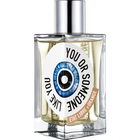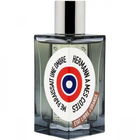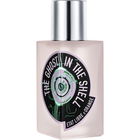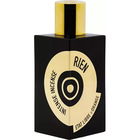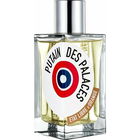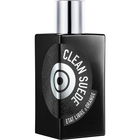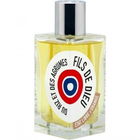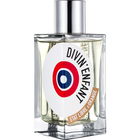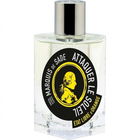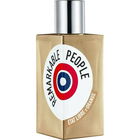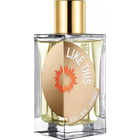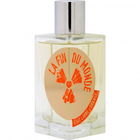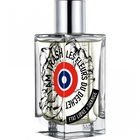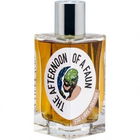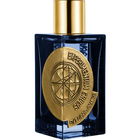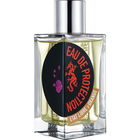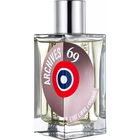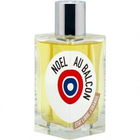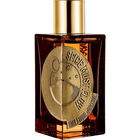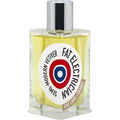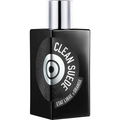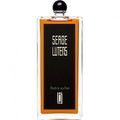07/15/2012

jtd
484 Reviews

jtd
Top Review
10
Ain't No Thing
Rien is a leather, yes, but what constitutes a leather note in perfumery is often vague. ‘Floral’ and ‘woody’ are broad categories as well. Yet we make distinctions in florals (by species: jasmine, tuberose, lily; descriptively: bright, orchestral, indolic) and woods (by tree: sandlewood, cedar, birch; qualitatively: grassy, earthy, milky.) Even a genre as vague as ‘green’ lets us specify by ingredient (galbanum, neroli, vetiver) and by attribute (fruity, resinous, bitter.) For leathers, we might point to the ingredients of rectified birch tar or isoquinolones, but in general we’re usually just loosely descriptive, often to the point of obscurity. Smokey, tarry, rubbery, ‘like the inside of a purse,’ suede-like. Suede-like? We might as well say carpet-like. Evocative, yes, but this terminology doesn’t give us a lot of analytical range.
What are the actual differences in the leather characteristics of Knize Ten, Cuir de Russie, Carillon pour un Ange, Azurée, Habit Rouge? I have no answers, but am curious.
But Rien is a bit different. It uses a combination of ingredients that each gives a slightly different angle on the qualities of dryness, dustiness, inkiness, metal, bitterness. It suggests the scent of a thick leather motorcycle jacket. Incense, cistus, cumin, styrax, aldehydes. Find the wrong angle on any of these components and Rien could have been a muddle if not a mess. As it turns out, though, (and here I fall prey to dim descriptions of the leather genre) Rien is a gorgeous, sharp, harsh leather. Distinctive, striking, beautiful? Utterly. Pretty, cozy, something Sephora has trained its customers to like? Not by a long shot.
Etat Libre d’Orange doesn’t target the mainstream perfume buyer, and thus avoids the sort of fragrance that a good few might like and an even larger number won’t actually mind. For the complaints, valid or not, leveled against niche perfumery (pretension, dilettante exclusivity, smugness) Rien is a beautiful example of the effectiveness of a well-curated line and risk-taking. In addition, it is no more expensive than many designer releases.
Rien is a terrific perfume, and perhaps more importantly, an example of a creative, successful strategy by a niche house.
What are the actual differences in the leather characteristics of Knize Ten, Cuir de Russie, Carillon pour un Ange, Azurée, Habit Rouge? I have no answers, but am curious.
But Rien is a bit different. It uses a combination of ingredients that each gives a slightly different angle on the qualities of dryness, dustiness, inkiness, metal, bitterness. It suggests the scent of a thick leather motorcycle jacket. Incense, cistus, cumin, styrax, aldehydes. Find the wrong angle on any of these components and Rien could have been a muddle if not a mess. As it turns out, though, (and here I fall prey to dim descriptions of the leather genre) Rien is a gorgeous, sharp, harsh leather. Distinctive, striking, beautiful? Utterly. Pretty, cozy, something Sephora has trained its customers to like? Not by a long shot.
Etat Libre d’Orange doesn’t target the mainstream perfume buyer, and thus avoids the sort of fragrance that a good few might like and an even larger number won’t actually mind. For the complaints, valid or not, leveled against niche perfumery (pretension, dilettante exclusivity, smugness) Rien is a beautiful example of the effectiveness of a well-curated line and risk-taking. In addition, it is no more expensive than many designer releases.
Rien is a terrific perfume, and perhaps more importantly, an example of a creative, successful strategy by a niche house.
1 Comment




 Top Notes
Top Notes  Frankincense Orpur®
Frankincense Orpur® Safraleine
Safraleine Black pepper
Black pepper Heart Notes
Heart Notes  Leather
Leather Cistus absolute
Cistus absolute Orris absolute
Orris absolute Base Notes
Base Notes  Patchouli Orpur®
Patchouli Orpur® Vetiver Orpur®
Vetiver Orpur® Tree moss
Tree moss




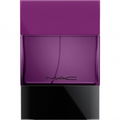


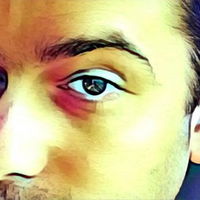





 OPomone
OPomone Ceesie
Ceesie HugoMontez
HugoMontez TheDunkPapa
TheDunkPapa Fantasmarg
Fantasmarg Tvieso
Tvieso Ch03np
Ch03np Samppp
Samppp Jacksonjacks
Jacksonjacks OceanCliffs
OceanCliffs